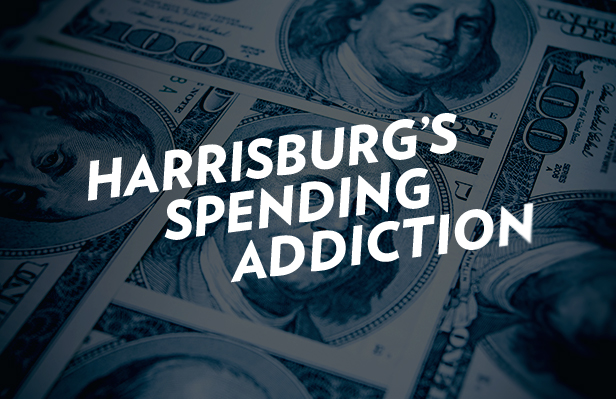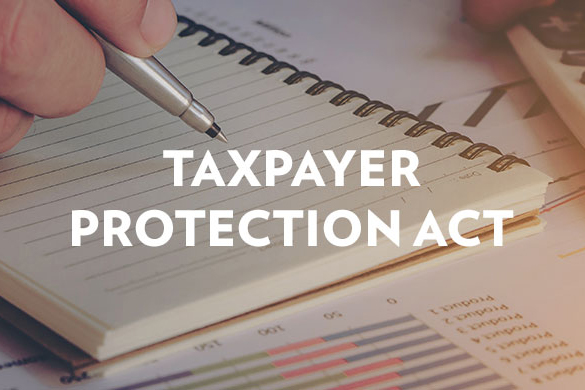If you took out a mortgage on your house and used it to buy groceries, would you say that you were covering your expenses with your income? How about if you tried to seize the money from a cousin’s bank account by arguing in court that, as a relative, you were entitled to it? These aren’t imaginary scenarios. They actually describe the substance of some recent state policy decisions. Consider the following:
- Self-borrowing. In 2017 Governor Wolf announced a “lease-leaseback” of the Farm Show Complex, a state-owned convention center in Harrisburg. The state agreed to pay rent on property it already owns, essentially taking out a mortgage. It received about $200 million from a private company up front and agreed to pay it back with interest over 29 years through lease payments.
- One-time funding sources. In 2017 the governor signed legislation to seize $200 million from the Pennsylvania Professional Joint Liability Underwriting Association (JUA). JUA is a non-profit insurance company created by the state but not funded or administered by it. A legal battle over this action is ongoing.
- Under-budgeting up front. In fiscal year 2019 the state initially budgeted no increase in Department of Human Services (DHS) spending from the General Fund despite DHS being one of the state’s fastest growing departments.1 Instead of budgeting an honest number the administration drew money from places like the tobacco lawsuit funds and requested supplemental appropriations later.
The state constitution requires operational spending to be within the year’s expected revenue.2 In other words, policymakers are supposed to measure the state’s ordinary recurring income before deciding how much to spend. What policymakers do is the opposite. They decide how much to spend and then they find the needed “revenue” by employing the sort of gimmicks described above.
There might be less gimmickry than usual in the fiscal year 2020 budget3 because revenue collections have been greater than expected. That is good news, but the biggest part of that revenue jump was a one-time effect from federal tax reform. Corporations delayed recognizing income over the past two-three years, anticipating lower federal tax rates and pushing their tax payments forward until now. The budget was saved by a windfall; had it not happened, lawmakers would be fishing in the couch cushions to address what was projected at one point to be a $1.7 billion deficit.
Some legislators do understand the need for prudence. Sen. Pat Browne, chairman of the Senate Appropriations Committee, noted: “We’re running a surplus this year but the surplus we’re running will get us through six hours and we don’t have a massive balance in the Rainy Day Fund.”4
If Pennsylvania lawmakers want to keep revenue high they should reform the state income tax to boost economic growth. Even with more revenue, however, the temptation to use fiscal gimmicks will eventually return. The state needs systemic spending reform.
A package of such reforms have passed the House in the current session and are headed to the Senate:
- The Taxpayer Protection Act (House Bill 1316, Warner and Senate Bill 116, Bartolotta) would limit the growth of state spending to the rate of population growth plus inflation.
- House Bill 923 (Brown) would require state agencies to explain the reason for any supplemental appropriation request and to submit reform ideas addressing the situation that led to it.
- House Bill 855 (Struzzi) would require an intra-year update to the administration’s revenue projections in light of actual collections up to that point. It provides for budget reductions in the event of reduced revenue projections.
If enacted, the bills above would hold expenditure growth close to the growth in available resources and create accountability for fiscal misses. They would be welcome steps toward real fiscal discipline.
Notes:
1. State expenditures only: federal funds are excluded from this comparison
2. PA Constitution: “Operating budget appropriations made by the General Assembly shall not exceed the actual and estimated revenues and surplus available in the same fiscal year.”
3. The state fiscal year begins on July 1. Thus fiscal year 2020 will run July 1, 2019 – June 30, 2020
4. PApost.org, June 19, 2019.





